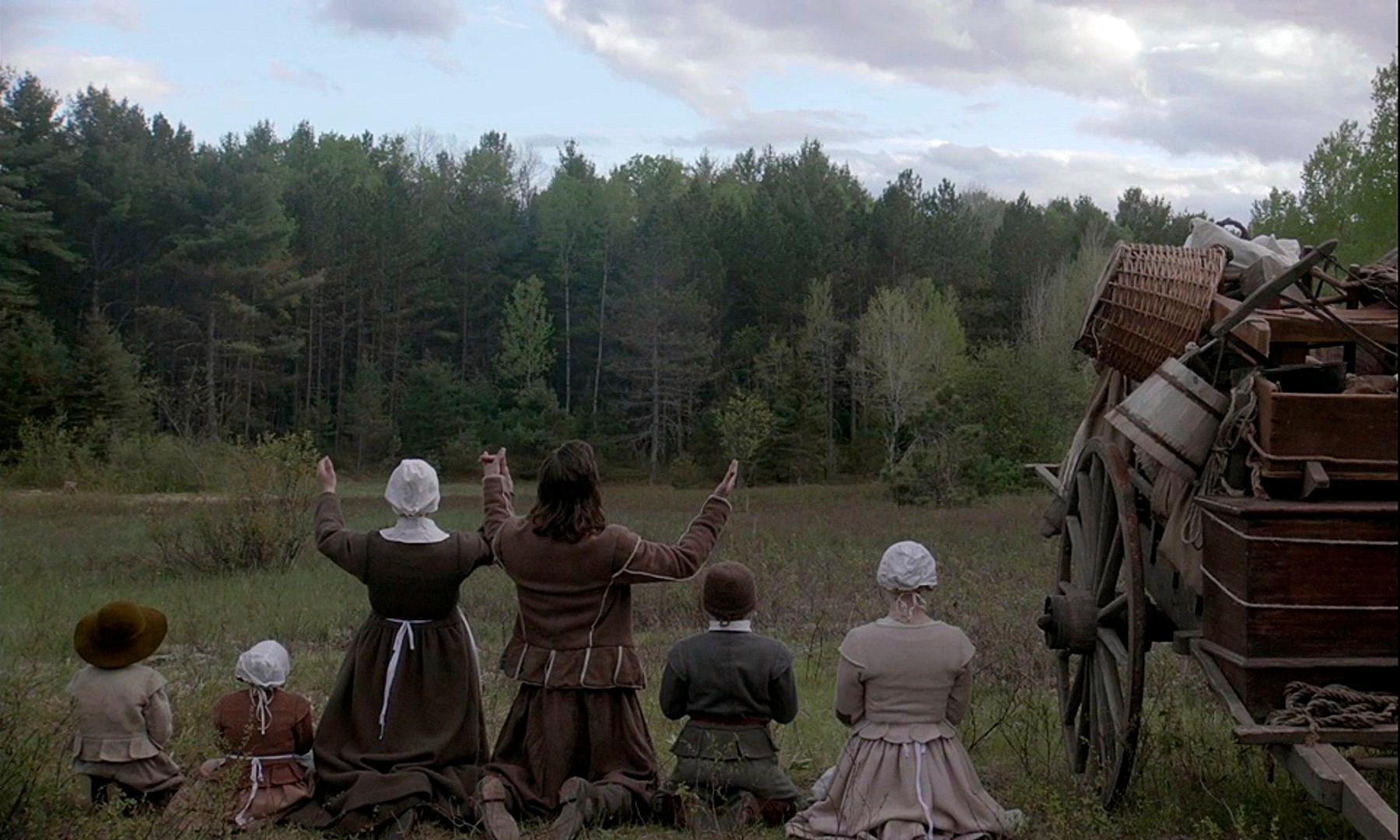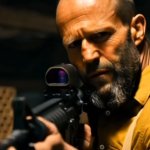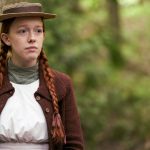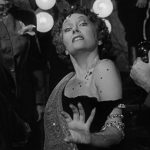The Witch (2015)

“The Witch,” directed by Robert Eggers and released in 2015, stands as a haunting and atmospheric exploration of religious paranoia, isolation, and supernatural terror. Set in 1630s New England, the film transports viewers to a time and place steeped in Puritanical beliefs, where a family’s descent into darkness unfolds amidst the unforgiving wilderness.
The film centers around the devoutly religious family of William and Katherine, portrayed by Ralph Ineson and Kate Dickie, who are banished from their plantation due to a religious dispute. They relocate to a remote farm on the edge of a dark forest, where they strive to build a new life alongside their five children. However, their existence is soon threatened by eerie occurrences and the suspicion of witchcraft, which tears at the fabric of their faith and familial bonds.

One of the film’s strengths lies in its meticulous attention to historical detail and atmospheric cinematography. Robert Eggers’ direction immerses viewers in the harsh and unforgiving landscape of 17th-century New England, capturing the isolation and vulnerability of the family as they contend with both the natural elements and supernatural forces. The use of natural light, authentic period costumes, and sparse yet evocative dialogue enhances the film’s sense of realism and immersion in a bygone era.
Moreover, “The Witch” delves deep into themes of religious fanaticism, paranoia, and the fragility of human sanity. As the family grapples with crop failures, infant mortality, and the mysterious disappearance of their youngest child, the narrative unfolds with an increasing sense of dread and unease. Eggers skillfully builds tension through subtle symbolism, unsettling imagery, and a creeping sense of impending doom, leaving viewers on edge as they witness the family’s unraveling amidst supernatural occurrences.

In addition to its exploration of psychological horror, “The Witch” features standout performances that lend depth and authenticity to its characters. Ralph Ineson delivers a commanding portrayal of William, a stern yet devout patriarch whose unwavering faith is tested by the escalating horrors around him. Kate Dickie brings complexity to Katherine, portraying a mother consumed by grief and religious fervor as she struggles to maintain her family’s unity in the face of mounting turmoil.
Furthermore, the film’s score, composed by Mark Korven, enhances its atmospheric tension with its discordant tones and eerie melodies. The music underscores the film’s sense of foreboding and unease, heightening the emotional and psychological impact of the family’s descent into darkness.

Critically acclaimed for its unsettling atmosphere, historical authenticity, and thought-provoking themes, “The Witch” received praise for Robert Eggers’ direction and the performances of its cast. The film garnered multiple awards and nominations, solidifying its reputation as a standout in the horror genre and a testament to the power of atmospheric storytelling.
In conclusion, “The Witch” (2015) stands as a chilling and atmospheric exploration of religious paranoia and supernatural terror. Through its meticulous attention to historical detail, evocative cinematography, and nuanced performances, the film transports viewers to a time and place where superstition and fear hold sway over reason and morality. As the family confronts their darkest fears and confronts the malevolent forces lurking in the shadows, “The Witch” invites audiences on a harrowing journey into the heart of darkness, where the line between reality and nightmare blurs and the true nature of evil is revealed.











